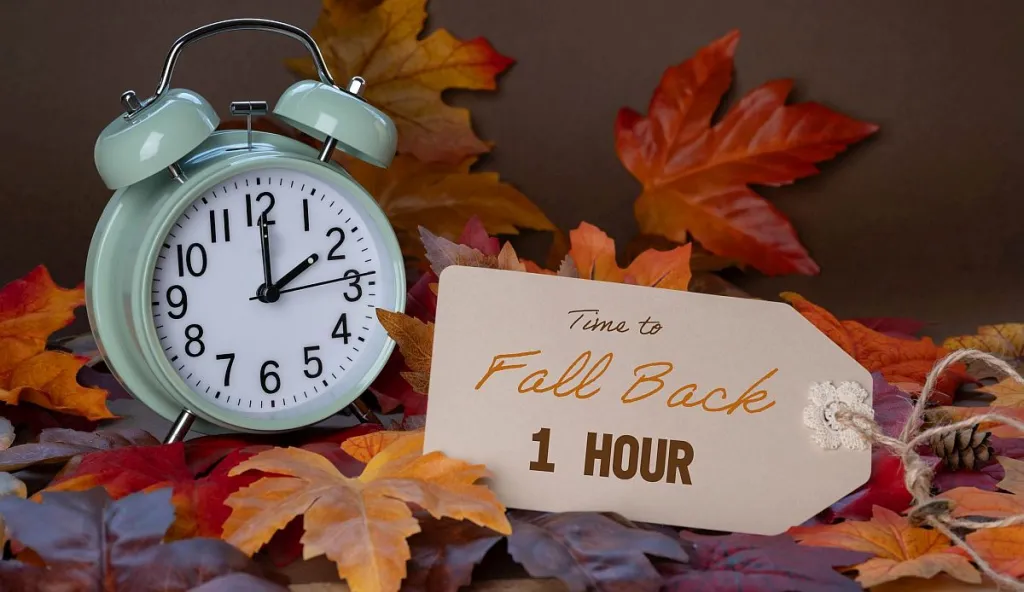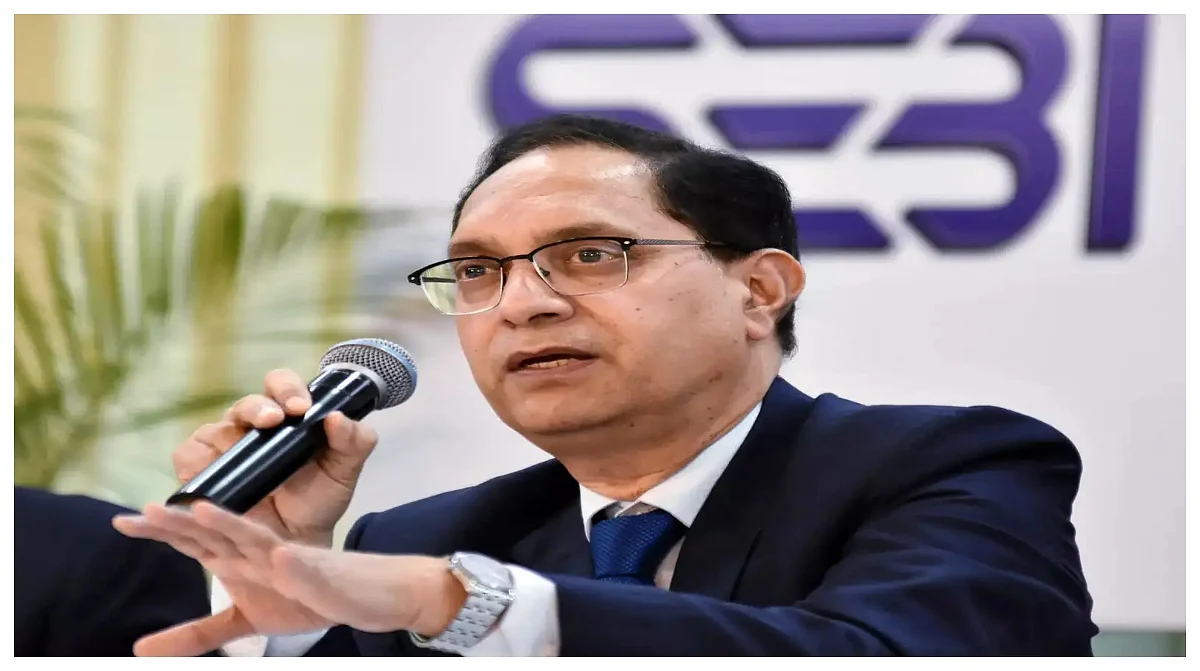Copyright Norfolk Virginian-Pilot

RICHMOND — While most of the nation’s clocks fell back an hour on Sunday, a majority of Americans said they want to move forward and stop changing the clocks for good. The end of daylight saving time, or DST, falls on the Sunday after Halloween. In Virginia, this Sunday is also just two days before the statewide election, when voters will decide the state’s next governor, lieutenant governor, attorney general and who gains control of the House of Delegates. The Republican and Democratic candidates for governor and lieutenant governor were contacted to get their take on opting out of DST, but no one responded to the request. The time change was enacted by the Uniform Time Act of 1966, which required all states to adopt DST but also allowed states to exempt themselves. Hawaii and Arizona lawmakers exempted the states in 1967 and 1968, according to CBS. Several state lawmakers have introduced legislation over the years to prevent Virginians from changing the clocks twice a year, but no bill has advanced out of a committee. Del. Joseph McNamara, R-Roanoke, introduced House Bill 2001 earlier this year to observe Eastern Daylight Time (Eastern Standard Time, advanced one hour) year-round in Virginia. McNamara has introduced similar legislation each session since 2021 and he “doesn’t intend to stop.” Permanent DST would benefit the economy and Virginians well-being and happiness, McNamara said. “One year I had Republicans supporting it, another year I had Democrats supporting it,” he said. Permanent DST means clocks remain advanced by one hour, year-round. The sun would rise and set one hour later in the winter, meaning mornings would be darker for longer and evenings would have more sunlight. Many states would have sunrises later than 8 a.m., according to Save Standard Time’s maps. “I’m just waiting for that year when we can get everybody on board to allow people to enjoy the evenings,” McNamara said. “I like Cher as a singer. And I like her song ‘We can turn back time,’ but I don’t want us doing it in Virginia.” On the other hand, permanent Eastern Standard Time (getting rid of DST) preserves light in the morning and allows more states to see the sunrise before 8 a.m. during months when there is less sunlight in the U.S. A bill by Del. Nick Freitas, R-Culpeper, proposed to make Eastern Standard Time the default year-round. Freitas was contacted for comment but did not respond. President Richard Nixon’s proposal to make DST permanent nationwide in 1974 was initially well received, but support declined steeply when parents realized the time change meant sending children to school at darker times of the morning, according to Smithsonian Magazine. A Gallup Poll in January found over half of Americans now want to get rid of the practice. A similar poll in 1999 revealed 73% of Americans favored DST. The decline in support reflects different demographics — lower-income Americans are more likely to favor DST and Democrats are only slightly more inclined to favor it. Most Americans would also prefer standard time year-round, as opposed to year-round DST, per the same poll. Changing clocks, changing rhythms Changing the clock forward or back an hour can have health consequences, according to Matthew Solan, executive editor of Harvard Men’s Health Watch. Springing the clock ahead in March can upset circadian rhythms, a natural 24-hour cycle which regulates mood, appetite and sleep, according to Solan. Circadian rhythms depend on light exposure, and the hour change may limit the time of day or amount of light exposure. Many also have trouble adjusting their sleep patterns to the time change, which can cause sleep deprivation. Seasonal affective disorder symptoms may be exacerbated by the time change. “The less light you are getting, you’re getting less mood-boosting serotonin which is why I think you get SAD … or maybe you feel sleepy because your melatonin production is down,” Solan said. People seem to have an initial reaction when the clocks first change, but Solan thinks it might be an overreaction and they eventually acclimate. “People freak out for like a couple of weeks,” Solan said.“‘Oh my god, it’s pitch dark at 5 p.m.’” Charles Czeisler is a professor at the Harvard School of Medicine. He studies sleep and sleep rhythms, with a focus on daylight saving time for more than 10 years. There are increased vehicle crashes, heart attacks and other effects of sleep deficiency in the first week after the clocks are adjusted forward and other chronic illnesses also arise when people have to wake up an hour earlier each day, according to Czeisler. “Many, many people, particularly during the winter, would be waking up in the morning in darkness,” Czeisler said. “They would have to be able to go school in darkness, they’d be able to go to work in darkness.” Czeisler said the most sensible thing would be to eliminate time changes in different seasons and to stay on standard time year-round. The Sunshine Protection Act was introduced in Congress earlier this year, but has not advanced from a House committee. The bill makes DST the permanent standard time for the country. Czeiler said it would just make Americans have to wake up earlier with relation to the pattern of sunlight their bodies are used to. “Nobody likes the fact that in the winter the days are short,” Czeisler said. “But this law does not change that. It just messes up when the sun is shining.” Capital News Service is a program of Virginia Commonwealth University’s Robertson School of Media and Culture. Students in the program provide state government coverage for a variety of media outlets in Virginia.



